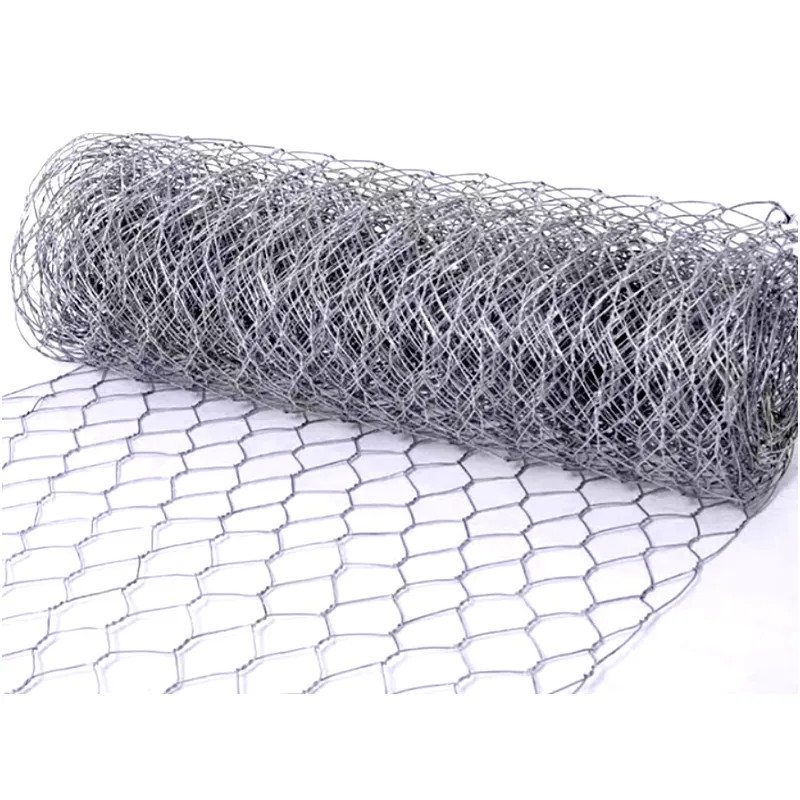-
 Phone:
Phone: -
 Email:
Email:

Effective Strategies for Minimizing the Risk of Rock Falls in Outdoor Areas
Preventing Rock Falls Strategies for Safety and Stability
Rock falls pose significant risks in mountainous regions, construction sites, and areas near cliffs. These events can result in injuries, fatalities, property damage, and disruptions to infrastructure. To mitigate these risks, it is crucial to implement effective strategies for preventing rock falls. Here are some key approaches to ensure safety and stability in rock-prone areas.
1. Understanding Geology and Topography
The first step in preventing rock falls is to thoroughly understand the geological and topographical characteristics of the area. Conducting geological surveys helps identify areas prone to rock falls. Factors such as rock type, slope angle, soil composition, and weathering processes all play a role in determining the stability of slopes. By mapping these geological attributes, land managers and engineers can better plan construction and other activities in these areas.
2. Slope Stabilization Techniques
One effective way to reduce the risk of rock falls is through slope stabilization techniques. This can involve several methods
- Drapery Systems These systems consist of nets or mesh panels anchored to the slope, designed to catch falling rocks before they can reach the base. The drapes absorb the energy of falling debris and minimize the impact.
- Rock Bolting This technique involves drilling holes into the rock face and inserting steel bolts to help secure loose rocks
. These bolts can stabilize fractures and reduce the likelihood of rock falls.- Soil Nailing Similar to rock bolting, soil nailing involves inserting steel bars into the slope to reinforce soil and maintain its stability, particularly in clay-rich soils prone to slipping.
how to prevent rock falls

- Retaining Walls Constructing retaining walls at the base of slopes can prevent falling rocks from reaching critical areas. These walls take the load of the falling material and can be designed to dissipate energy effectively.
3. Vegetative Cover
Establishing vegetative cover is another natural and effective strategy for preventing rock falls. Plants and trees help anchor the soil, preventing erosion and reducing the likelihood of rock movement. Additionally, the roots of vegetation can help bind loose rocks and soil together, providing a more stable structure. Regularly assessing and maintaining vegetative cover can enhance stability and reduce risks.
4. Monitoring and Maintenance
Regular monitoring and maintenance are essential for effective rock fall prevention. This includes conducting routine inspections of slopes to identify signs of instability, such as cracks or loose rocks. Utilizing technology such as drones or remote sensing can enhance monitoring efforts and provide real-time data on slope conditions. When potential hazards are identified, timely maintenance can prevent larger rock fall events.
5. Warning Systems and Public Awareness
In areas where rock falls are likely to occur, implementing early warning systems can be crucial. These systems can utilize sensors to detect ground movement, alerting authorities and the public of potential dangers. Additionally, educating the public about the risks of rock falls, especially in recreational areas such as hiking trails, can promote safety and encourage individuals to stay in designated pathways or areas.
Conclusion
Preventing rock falls is a multifaceted endeavor that requires a combination of geological understanding, engineering techniques, and community awareness. By investing in thorough assessments, employing stabilization methods, enhancing vegetative cover, and maintaining vigilance through monitoring, we can significantly reduce the risks associated with rock falls. These strategies not only protect lives and property but also ensure the sustainability of the natural environment. As we continue to develop and utilize mountainous areas, incorporating rock fall prevention measures should be a priority for safety and environmental stewardship.
-
Wire Mesh for Every Need: A Practical SolutionNewsJul.25,2025
-
Steel Fences: Durable, Secure, and Stylish OptionsNewsJul.25,2025
-
Roll Top Fencing: A Smart Solution for Safety and SecurityNewsJul.25,2025
-
Cattle Farm Fencing Solutions for Maximum SecurityNewsJul.25,2025
-
Affordable Iron Binding Wire SolutionsNewsJul.25,2025
-
Affordable Galvanized Wire SolutionsNewsJul.25,2025
-
Wire Hanger Recycling IdeasNewsJul.25,2025








